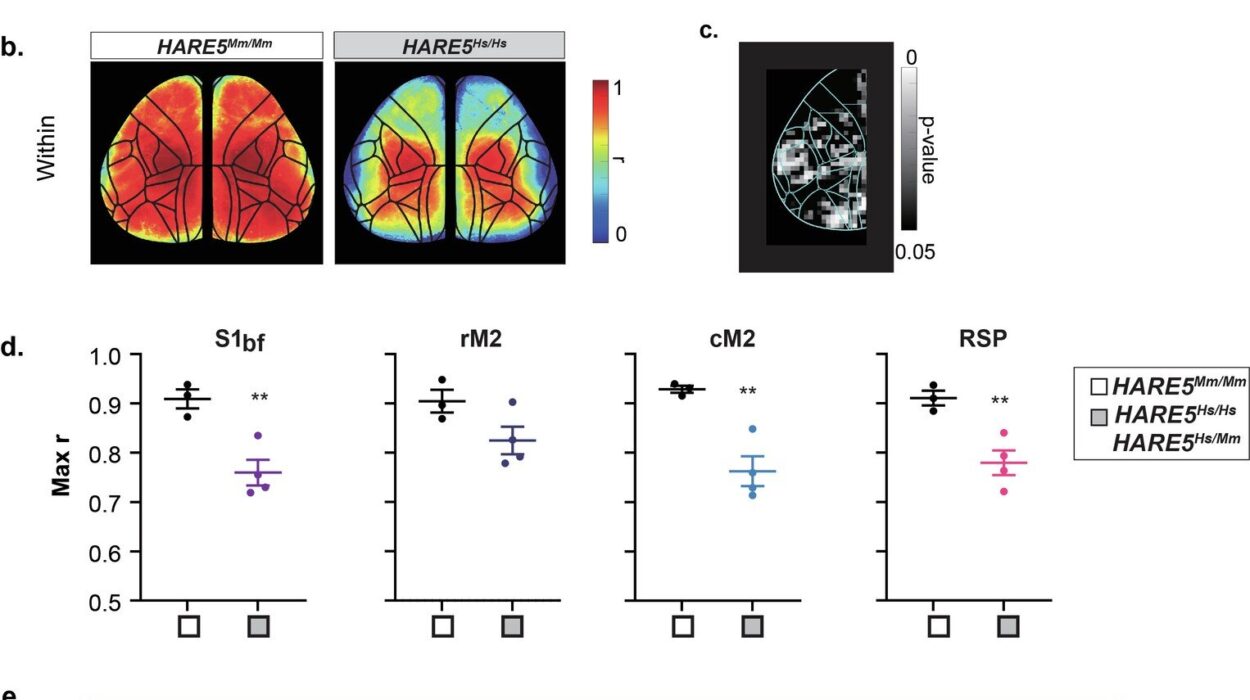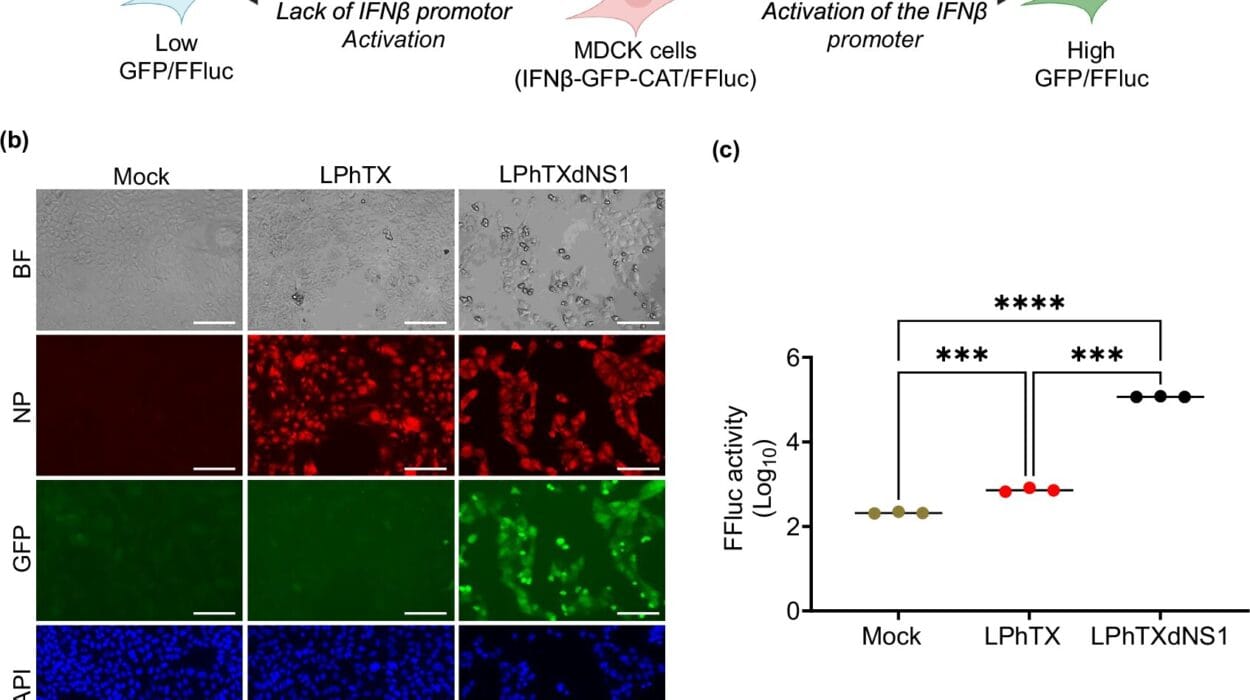Pregnancy isn’t just a biological process—it’s a transformation of body, mind, and soul. From the moment two cells meet to create new life, a cascade of changes begins, each more astonishing than the last. Pregnancy is divided into three main parts: the first, second, and third trimesters. Each phase carries its own challenges, miracles, and transitions, marking a unique chapter in this deeply human experience. Understanding what to expect during each trimester isn’t only about tracking physical symptoms—it’s about preparing emotionally, mentally, and spiritually for the evolving journey of parenthood.
The First Trimester: The Quiet Revolution
The first trimester is when everything starts, but from the outside, you might not look much different—yet inside, a quiet revolution is underway. This period spans from the first day of your last menstrual period through week twelve, even though conception likely happened two weeks in. It’s in these early days that the groundwork for life is laid. The fertilized egg implants in the uterine wall, and almost immediately, a flood of hormones signals your body to shift gears.
Most people associate the first trimester with fatigue—and rightly so. The body is working overtime to build the placenta, the baby’s lifeline, and to accommodate the development of all major organs. It’s no wonder that many women report an overwhelming urge to sleep during the day or find themselves dragging through tasks that once felt simple. Progesterone, the hormone responsible for maintaining pregnancy, soars during this time and contributes to sleepiness, breast tenderness, and even the emotional ups and downs that come out of nowhere.
Morning sickness often makes its debut in the first trimester, and despite the name, it’s not confined to mornings. Nausea can strike at any time, and for some, it may become a constant companion for weeks. This queasiness is believed to be linked to rising levels of human chorionic gonadotropin (hCG), another pregnancy hormone. While not everyone experiences vomiting, the persistent sensation of nausea can affect appetite and energy levels significantly. Hydration and small, frequent meals become more important than ever, even if they are limited to dry crackers and sips of ginger tea.
At the same time, the emotional aspect of pregnancy often begins to stir. For some, it’s an exhilarating secret—a new life growing just beneath the surface. For others, it can be a time of uncertainty, anxiety, and adjustment. Hormones don’t just affect the body; they influence mood, sleep patterns, and even dreams. It’s common to feel everything from joy and wonder to irritability and fear within the span of a few hours.
The embryo rapidly transforms into a recognizable fetus during this period, developing facial features, limbs, a heartbeat, and even primitive reflexes. The first ultrasound, typically around 8 to 10 weeks, may offer the thrilling sight of a flickering heartbeat—a moment many parents describe as the one that made it feel real.
One of the biggest challenges of the first trimester is managing it while often keeping it under wraps. Many people choose to wait until the second trimester to announce their pregnancy, which means dealing with fatigue, nausea, and emotional fluctuations while pretending everything is business as usual. It’s a delicate dance between privacy and survival, between anticipation and uncertainty.
The Second Trimester: The Glow and the Growth
If the first trimester is the season of secrets and survival, the second is often the golden age of pregnancy. From week thirteen to twenty-seven, the body begins to adapt more gracefully, and many of the initial symptoms start to fade. Energy levels often return, nausea diminishes, and the body begins to display the unmistakable signs of pregnancy. This is the trimester where you might finally “look” pregnant, and for many, that visual validation can be both exciting and reassuring.
This phase is often described as the most enjoyable part of pregnancy. There’s a good chance you’ll feel more energetic and confident, with hormones leveling out just enough to give your body some reprieve. The so-called “pregnancy glow” often appears in this phase—thanks to increased blood flow and higher oil gland activity. While it may sound romantic, it’s actually your body increasing circulation to support the growing fetus and keep your skin nourished and elastic.
As the uterus expands, you’ll begin to feel the weight and presence of your baby more tangibly. This is when clothes may start to feel tight, and maternity wear might become more comfortable. It’s also when you may begin to experience new physical sensations like round ligament pain—sharp, stabbing discomforts on the sides of the abdomen caused by stretching ligaments. While harmless, they can be surprising and even momentarily alarming.
One of the most magical milestones of the second trimester is the moment you feel your baby move for the first time. Often referred to as “quickening,” this sensation can range from a flutter to a gentle poke, like bubbles or soft thumps. It usually happens between 18 and 22 weeks, and it’s a moment many parents never forget. For those carrying their second or third child, these movements might be felt even earlier. As weeks pass, these flutters become more regular and pronounced, forming a silent, intimate conversation between you and the life inside you.
Anatomical changes also continue at a rapid pace. Inside the womb, the baby’s organs mature, facial features refine, and hair, eyebrows, and eyelashes begin to grow. The skeletal system strengthens, and the baby starts practicing movements like sucking, swallowing, and even hiccupping. A detailed ultrasound around week 20—often called the anatomy scan—offers a thorough look at the baby’s development and may reveal the sex of the baby, if desired.
However, this trimester isn’t free of challenges. As the uterus grows, it can put pressure on the bladder, digestive system, and spine. Heartburn, constipation, and backaches become more common. The weight distribution also shifts your center of gravity, which may affect posture and balance. Sleep can become tricky—not because of fatigue but due to discomfort. Many find that side-sleeping with a pregnancy pillow becomes the most sustainable option.
Emotionally, the second trimester often brings a deeper connection to the pregnancy. With the first trimester’s uncertainties behind and the baby’s movements becoming more frequent, it starts to feel real in a new way. Nesting instincts may begin to stir, prompting thoughts about nursery colors, baby names, and birth plans. This is also a time when many parents start preparing for life after delivery, attending childbirth classes, and learning more about what to expect in labor.
The Third Trimester: Preparing for the Grand Entrance
The third trimester spans from week twenty-eight to birth—usually around week forty—and it’s marked by dramatic growth, both physically and emotionally. This is the final stretch, where anticipation mounts, the body prepares for labor, and every kick feels like a countdown to an entirely new chapter of life.
Physically, this trimester can be both awe-inspiring and exhausting. The baby gains the majority of their weight during this time, and the uterus stretches to accommodate them. Your belly becomes rounder and heavier, often changing the way you walk, sit, and even breathe. The skin across the abdomen stretches and may become itchy or sensitive. Stretch marks can form, especially on the belly, breasts, and hips. While often seen as imperfections, many come to view them as badges of honor—tangible records of what their bodies accomplished.
The baby’s growth affects every organ system in your body. The lungs are compressed, making it harder to take deep breaths. The bladder feels like it’s constantly full. The stomach is pushed upward, increasing the likelihood of heartburn, especially after meals. Sleep becomes increasingly elusive, not just due to discomfort but also due to vivid dreams, restlessness, or frequent trips to the bathroom.
Braxton Hicks contractions, sometimes called “practice contractions,” may begin in earnest during this time. These are irregular, often painless contractions that help tone the uterus in preparation for labor. While they can be confusing, especially for first-time parents, true labor contractions follow a more regular pattern and increase in intensity.
Another remarkable feature of the third trimester is the baby’s preparation for birth. Around week 34 to 36, most babies begin to settle into a head-down position in the pelvis. This is called “lightening” or “dropping,” and for many, it brings a sense of relief from upper abdominal pressure—even if it increases pelvic pressure. Movements may feel more deliberate now—less flutters, more pronounced jabs or rolls as space becomes limited.
This is also the time for final preparations. Your healthcare provider may start more frequent visits, checking for dilation, effacement, and fetal positioning. You may be tested for Group B strep, a common bacterial infection that can affect newborns if not treated during labor. Conversations about birth plans, pain relief preferences, and even cesarean section contingencies become more frequent.
Emotionally, the third trimester is a whirlwind. You may feel more connected to your baby than ever, talking to them, singing, or simply enjoying the rhythm of their movements. At the same time, the reality of impending labor and parenthood can provoke anxiety. It’s completely normal to feel scared, excited, impatient, and nostalgic—all at once.
Nesting often peaks during this trimester. You may find yourself obsessively organizing the nursery, washing baby clothes, and making to-do lists. It’s a psychological way of creating order in the face of a major life shift. Some people feel an overwhelming desire to clean or rearrange furniture—activities that should be approached gently, as overexertion can lead to fatigue or even premature labor.
Labor, Birth, and Beyond: The Grand Finale
As the due date approaches, every twinge can feel like the beginning of labor. The signs that labor is approaching include an increase in vaginal discharge, the loss of the mucus plug, cramping, and the onset of regular contractions. Water breaking, though often depicted dramatically in movies, may be a slow trickle or a sudden gush, and not everyone experiences it before contractions begin.
Labor itself is divided into stages: early labor, active labor, transition, pushing, and finally, the delivery of the placenta. It’s a deeply personal experience, and no two labors are exactly alike. Some find strength in a natural birth with minimal intervention, while others prefer epidural anesthesia or require surgical assistance through cesarean delivery. There’s no “right” way to give birth—only the way that ensures the safety and well-being of both parent and baby.
After the birth, the so-called “fourth trimester” begins—a critical period of recovery and adjustment. Hormones shift dramatically, milk production begins, and sleep becomes a luxury. Emotionally, the postpartum period can be a roller coaster, encompassing everything from overwhelming love to weeping spells and fatigue. Postpartum depression is a real and serious condition, and seeking support early is crucial for recovery and health.
The Beauty and Complexity of the Journey
Pregnancy is not just about growing a baby—it’s about growing into a new identity. It’s a metamorphosis that reshapes your body, your thoughts, your relationships, and your soul. Each trimester serves as a chapter in this incredible story, each with its own themes and turning points. From the quiet secrets of the first trimester to the glowing expansion of the second, and the intense anticipation of the third, pregnancy is a journey of unparalleled depth.
What makes pregnancy both universal and deeply personal is that no two experiences are the same. Some may sail through all three trimesters with minimal symptoms, while others may face challenges like gestational diabetes, preeclampsia, or bed rest. But whether smooth or stormy, the voyage through pregnancy is undeniably transformative.
Understanding what to expect in each trimester isn’t just a matter of symptom tracking—it’s a way to honor this remarkable transition. It’s about being present with your body, recognizing its signals, and embracing the emotional complexity that comes with bringing life into the world.
Because at the end of it all, pregnancy isn’t just the start of a baby’s life. It’s the birth of a new version of you.






